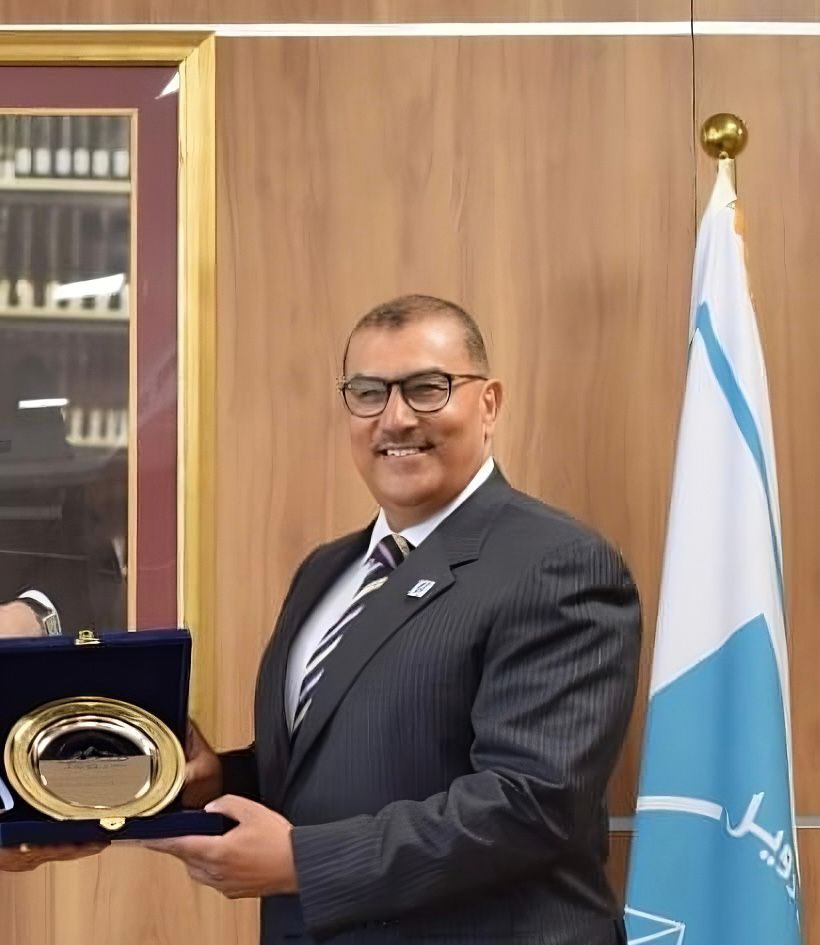“ To evaluate medical travel and health tourism markets, we
first look at the pattern of travel and the sustainability of the
referral sources. We then look at the traditional demand and
supply dynamics at work in order to evaluate the markets”
1/ Dear Mr. Irving, can you please take our readers on a special tour
through your professional career?
My healthcare career began in Boston, Massachusetts, at the New
England Baptist Hospital and then the Massachusetts General Hospital. I
was very fortunate to be involved in the early stages of a new technology
in healthcare (respiratory therapy) and became a contributing author to a
seminal text book, which launched my career. I was recruited by
American Medical International (now Tenet), a large international
hospital and healthcare company. I then moved on to become a medical
equipment and supply entrepreneur, vice president of a large national
home healthcare company, and vice president of a large network of
rehabilitation centers. Since 1991, as President of Stackpole &
Associates, Inc., my work in medical and health tourism has become
internationally recognized, and we have served hundreds of clients on
five continents. Our insights have been widely published and quoted in
The Financial Times, The New York Times, Forbes, and others. I have
edited and co-authored books on health tourism. I love to teach, have
appointments with European and US universities, and hold a patent in
digital healthcare technology from the USTPO.
2/ As an expert in health tourism, how do you evaluate the health
tourism industry?
Looking at the markets for medical travel and health tourism, I don't see
an "industry" but a set of regional, specialized channels or pathways
along which consumers travel. So-called "health" travelers are not
looking for high-risk or complex treatments but are rather looking for
experiences or noninvasive treatments that will help them feel better,
improve their self-esteem, or relieve chronic pain or discomfort. Medical
travelers, on the other hand, are taking a journey because they cannot
obtain the care they need where they live or don't have faith in the
providers there. These are two extremely different markets. Health
tourists are almost always shopping for themselves, and health and
wellness providers are offering their services directly to consumers.
Medical travelers, on the other hand, often have a third party involved in
the decision process, like their doctor or their insurance company.
When we are asked by a government agency, insurance provider, or
private hospital or clinic to evaluate medical travel and health tourism
markets, we first look at the pattern of travel and the sustainability of the
referral sources. We then look at the traditional demand and supply
dynamics at work in order to evaluate the markets.
3/ You are a well-updated follower of health tourism worldwide.
Which 5 destinations can you consider as references in health
tourism now?
This is a popular question with no simple answer !
Understanding that the "markets" for cross-border trade in health and
medical services are highly fragmented means that a popular destination
for hair transplants is not the same popular destination for heart surgery,
and neither of these is popular for hernia repair.
In many locations, geopolitics and economic disruptions are making
these types of speculations very dangerous.
With regards to hospital-based medical services, the Middle East, UAE,
and Saudi Arabia, for example, are adding capacity specifically with an
eye toward keeping their patients local and attracting other patients from
emerging economies. China, which had been a source location for many
medical travelers before the COVID-19 pandemic, is also aggressively
adding both infrastructure capacity and training vast numbers of medical
professionals. Certain medical service providers and systems within the
US, including the Cleveland Clinic, Mayo Clinic, Johns Hopkins, MD
Anderson, and others, will continue to be attractive to very wealthy
people around the world. The US price premium will continue to restrict
access.
Certain other destinations will remain popular for lifestyle treatments,
such as Thailand for gender-based interventions, Spain and Brazil for
cosmetic surgeries, and Turkey for hair transplants, as examples.
4: / The Middle East region is getting more involved in health
tourism, not only as an outbound patient source but also as an
inbound one. How do you see it?
The "Middle East" is a large and diverse geographic and cultural region,
and the cross-border dynamics have changed and will continue to
morph..Many Countries in the region are taking aggressive steps toward
developing health and medical infrastructure, and many of these
developments will have a lasting impact on the size and pathways of
cross-border trade. As the infrastructure in the Middle East develops,
historic consumer pathways will be disrupted, and new, popular
destinations for health and medical services will emerge. This
competition is evolving very quickly.
The real limitation will be the availability of a skilled workforce.
Whichever system, destination, or country can build the required skilled
workforce will have a distinct competitive advantage within the region
and across the world.



